5 Easy And Effective Ways To Heal A Muscle Strain At Home
Muscle strains result from light damage to muscles and their tendons. When muscles are used to perform everyday activities, they become fatigued and susceptible to overstretching or tearing. Both short periods of excessive activity and long periods of gradual overuse can produce muscle strains. Symptoms of a muscle strain include weakness in the muscle, swelling or bruising, pain when using the muscle, pain when resting the muscle, and an inability to use the muscle at all.
Take Nonsteroidal Anti-Inflammatory Medicine
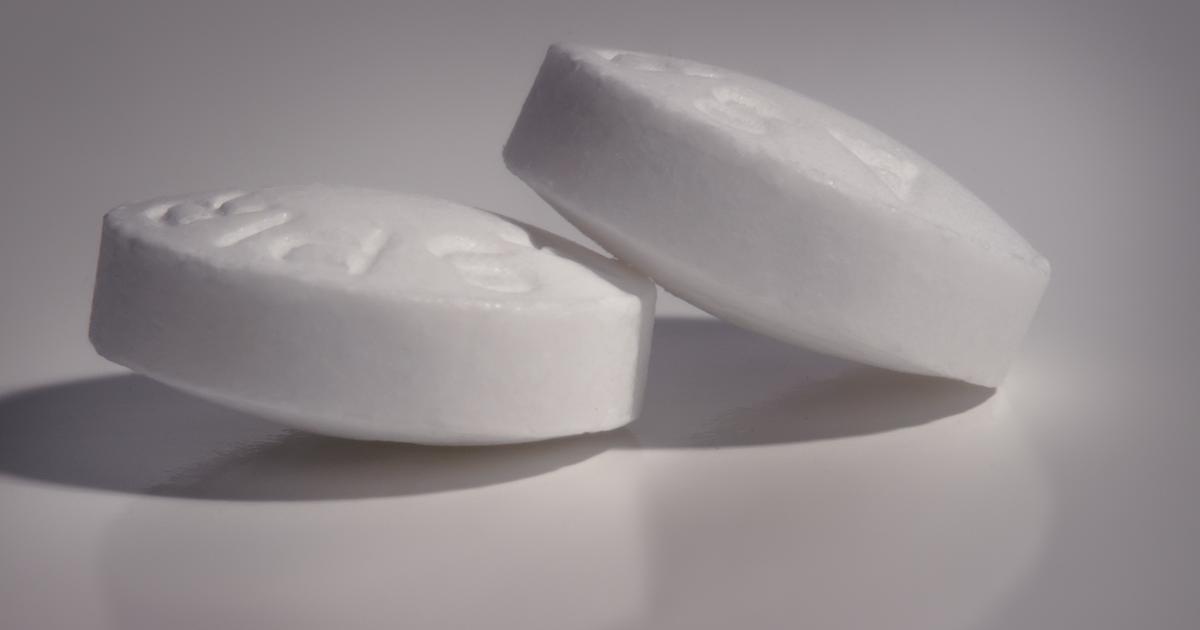
Taking a nonsteroidal anti-inflammatory medication, such as ibuprofen or naproxen, can reduce pain and inflammation from a muscle strain and increase range of motion. However, individuals who take blood thinners or have a history of kidney disease or gastrointestinal bleeding should not take these drugs. Alternatives to ibuprofen or naproxen include pain killers, such as acetaminophen. Acetaminophen can reduce pain and increase range of motion but may not reduce inflammation. It is important to avoid mixing different types of medication unless instructed to do so by a doctor. Because medications can interact in unexpected ways, mixing them can have serious health consequences.
Protect The Muscle And Rest

It is never shameful to protect an injured or strained muscle. If the muscle feels as though it may be strained, swollen, bruised, or painful, it is wise to rest it until symptoms subside. Avoid any exercise involving the muscle and other activities that could put a strain on it. Consider asking for help or taking the day off to rest the muscle and allow the body to heal and return to its natural, unstrained state. As the muscle heals and range of motion increases, it is safe to begin using the muscle again. However, exercise caution when doing so. Once the muscle has healed, stretch it regularly and carefully to prevent re-injury.
Apply Ice
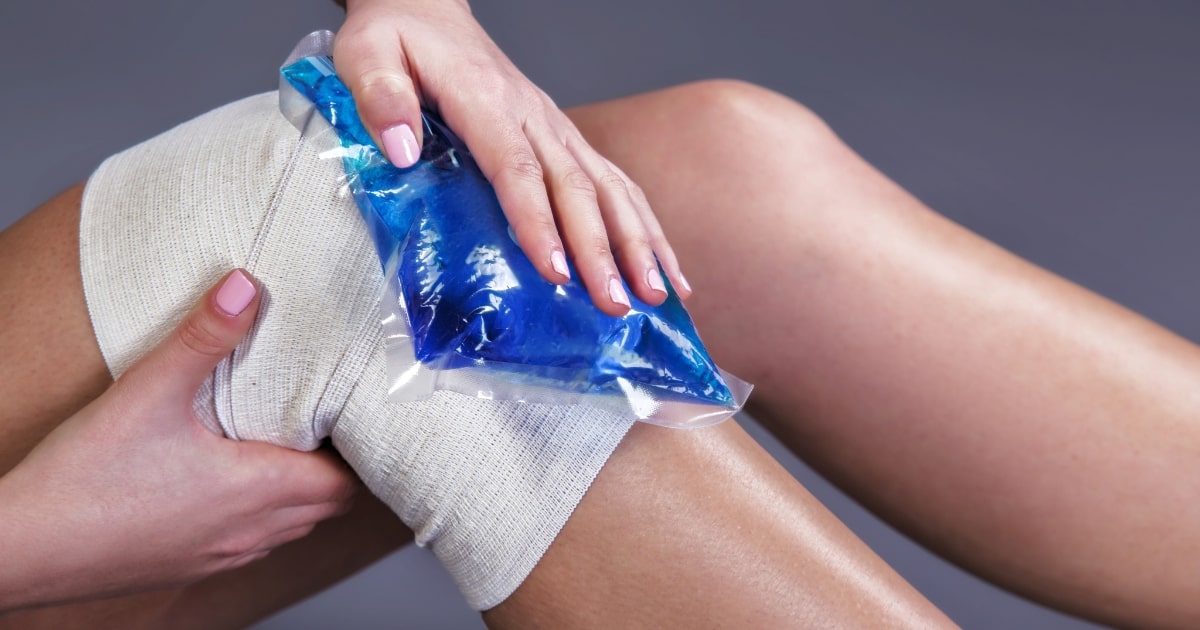
Icing an injury is a common strategy for reducing inflammation, pain, and stiffness. Do not apply ice directly on the skin. Instead, use a towel to create a barrier between the ice and skin. The cold temperature of the ice may feel uncomfortable initially, but the benefits of reduced inflammation make it worth it. Apply the ice for ten to twenty minutes at a time to minimize pain and inflammation as the body begins to heal the strain. Be careful to apply ice in moderation because using it excessively can be harmful, and wait at least one hour between rounds of ice application to optimize healing.
Compress The Injury Lightly
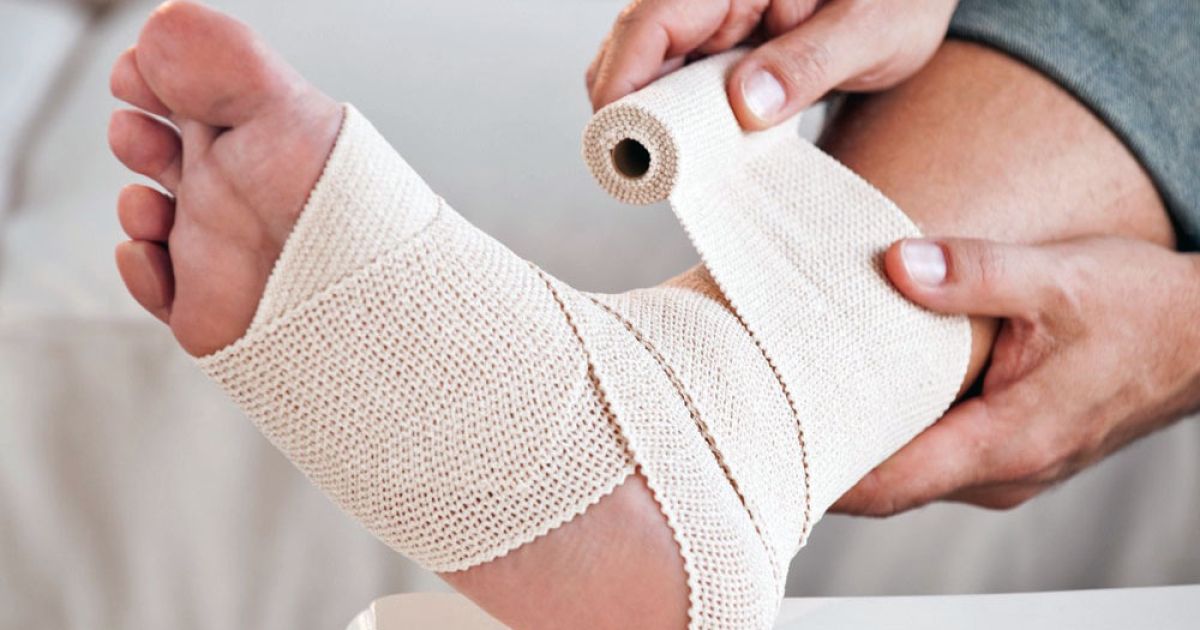
A common way to treat an injury like a muscle strain is to compress it. To heal a muscle strain, use a tensor bandage to compress it lightly. This will reduce swelling from the strain and provide support for the weakened muscle. As with other treatments for muscle strains, it is important to use compression in moderation, as applying excessive pressure on an injured area can do more harm than good because it can restrict normal blood flow to the area. Focus on compressing the muscle strain in the immediate aftermath of the injury, but look to release it within a few days to a couple of weeks, with breaks at night.
Elevate The Strained Muscle

If possible, elevate the injured muscle above the heart. For a strained leg muscle, individuals should lay down and prop up the leg with a pillow or rolled towel. This allows gravity to keep excess fluid from gathering near the strain and exacerbating the swelling. Keeping the strained muscle elevated also reduces pain and swelling and protects the muscle from further strain. It is possible to combine this strategy with light compression and ice application to further accelerate healing.
Engage In Light Foam Rolling
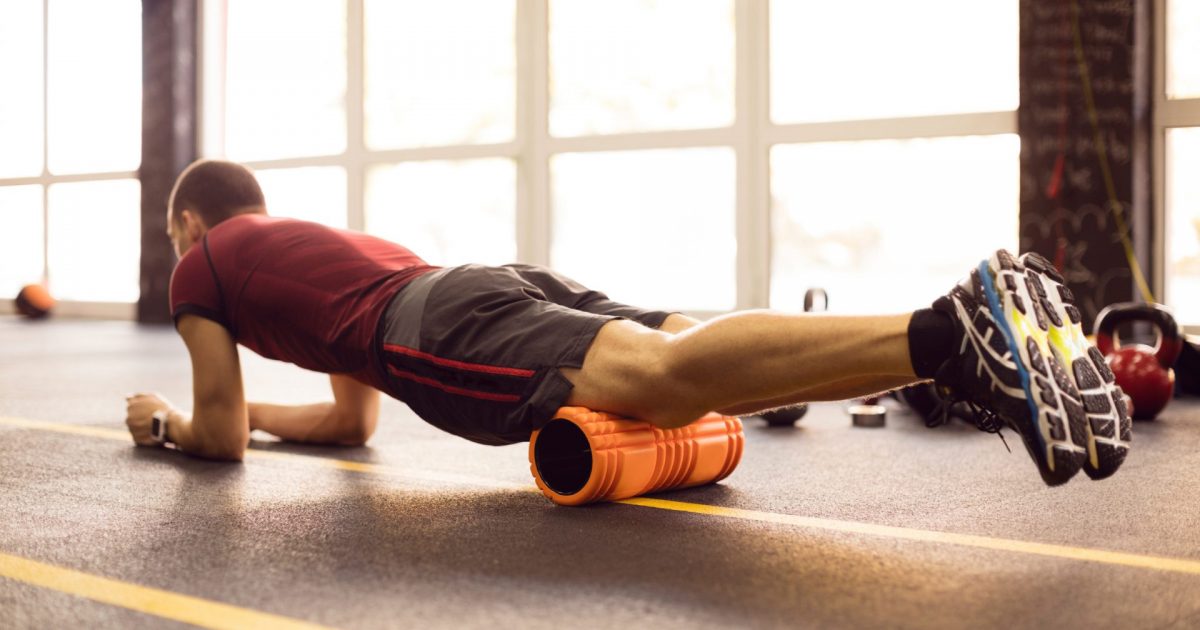
One of the easiest ways to prevent a muscle strain is by engaging in light foam rolling. Just a few minutes of proper rolling can improve an individual's mobility until every exercise has greater effectiveness and efficiency. The technique can also be used to treat muscle strains by loosening tension. When engaging in light foam rolling, individuals use a piece of hard foam to smooth their muscles. It can sometimes be a little bit achy or painful. Muscles are covered with a connective tissue called fascia, which tightens during periods of repetitive motion and inactivity.
A tightened fascia is what causes muscle 'knots,' which often lead to strain because they don't have enough range of motion to do the exercises. Foam rolling is more likely to be painful when individuals already have strained, sore muscles, but it's worthwhile for the overall release of tension. Foam rolling exercises can help with tension in the legs, hips, shoulders, neck, back, and arms.
Try Light Stretching When Pain Reduces
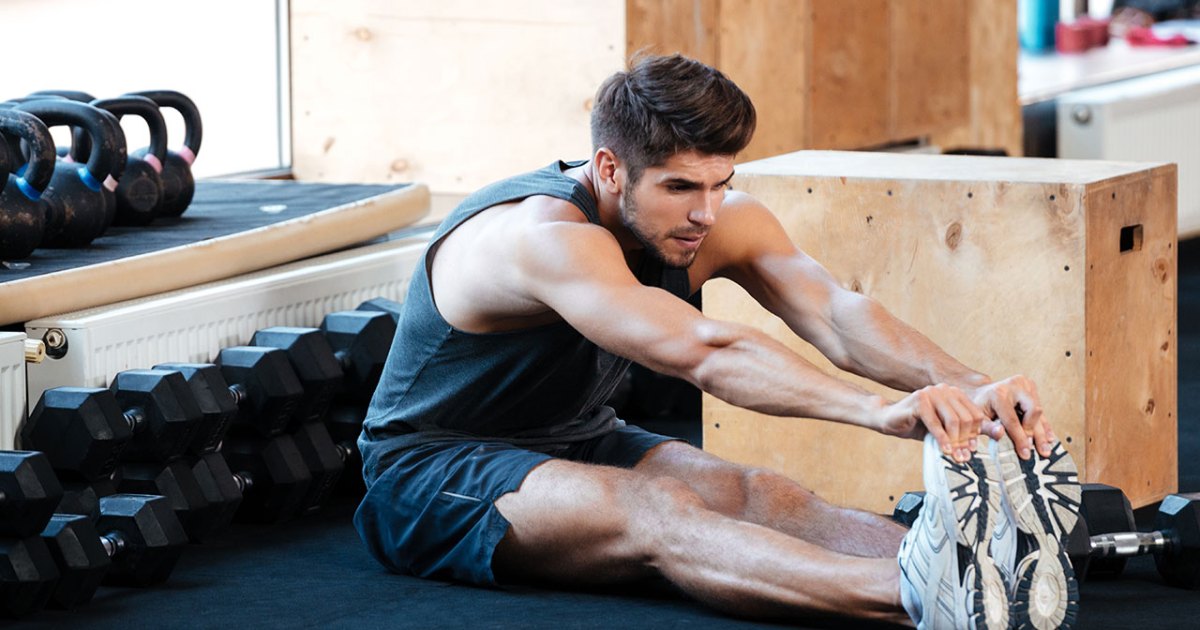
Patients with muscle strains can try light stretching when the pain reduces. However, they shouldn't stretch while the muscle still hurts! Many individuals believe stretching a strained muscle will reduce the strain, but this actually makes the tension worse and can worsen the injury. Patients must rest and recover for a few days. Only then should they participate in light stretching, and if the motions make the pain worse, it's imperative to stop.
One good stretch is the standing side stretch, where individuals stand straight, raise their hands above their head, and bend their body to each side without turning their torso. This can help with muscle strains in the abdomen and hips. The runner's stretch involves slowly using a lunge position to stretch the legs, which can be good for leg strains. The forward-fold stretch involves bending at the waist, letting the torso hang down while the legs stay straight. It targets muscles throughout the backs of the legs.
Maintain Good Posture And Exercise Form
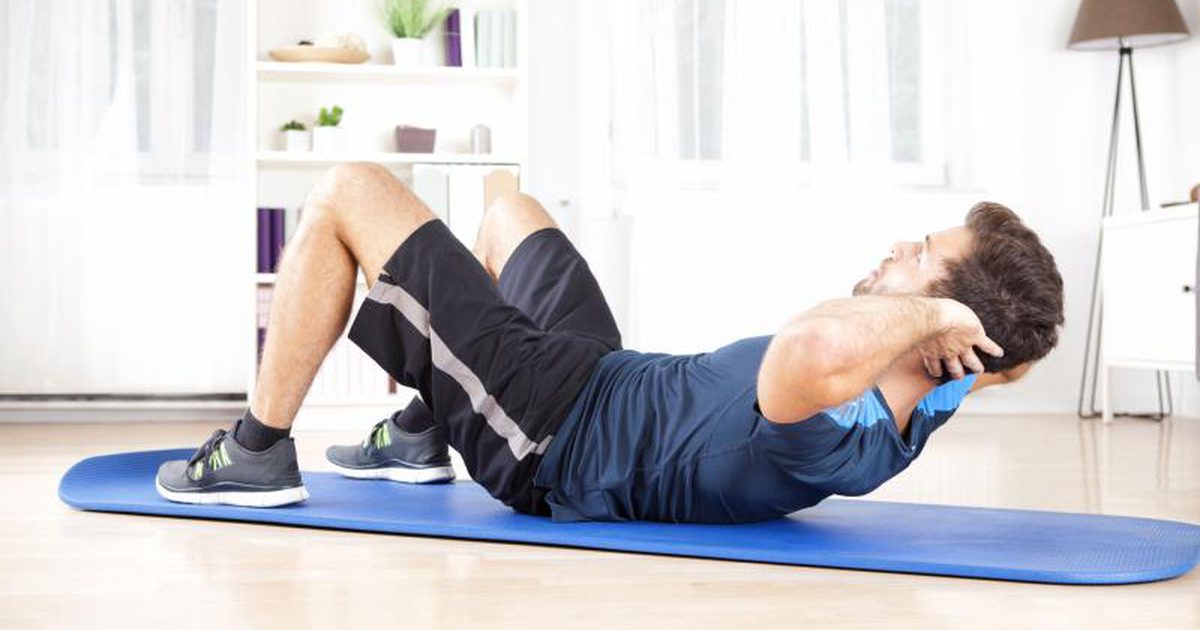
An important prevention strategy is to maintain good posture and exercise form. Failing to use the right forms during exercise can keep the exercises from being effective at best, and at worst it can lead to serious injury. If individuals experiencing chronic muscle strains, they're related to repetitive movements. They may also recur because the original muscle strain wasn't given enough healing time.
Poor posture can lead to these strains in a variety of ways. When individuals hunch their neck forward, the muscles between their shoulders and in the back of their neck become tense and strained. If their shoulders are rolled too far forward, there's increased strain on their back. To maintain an ideal posture, individuals should stand with their feet shoulder-width apart and straighten their spine until their shoulders, hips, and feet are all aligned. With exercises, individuals should pay special attention to their form. If possible, they should get a fitness trainer or exercise buddy to watch and correct their form.
Lift Objects Carefully

Many of the muscle strains non-athletes experience occur when they lift a heavy object improperly. There are ways to lift objects that minimize the strain on the body. Lifting a heavy object by using one's spine to bear the burden will make the muscles in one's back. They'll be pulled taut by the object's weight, which leads to muscle strains and the age-old feeling of 'throwing out your back.' Instead of leaning over an object, individuals should stand in front of it and bend their knees.
When lifting the object, they should push themselves up with their knees while keeping their back straight. This transfers the weight to the leg muscles, which are much more equipped to handle it. Muscle strains from lifting are of the acute variety. They come on suddenly and cause intense pain, but they only last for a few days and tend to heal on their own.
